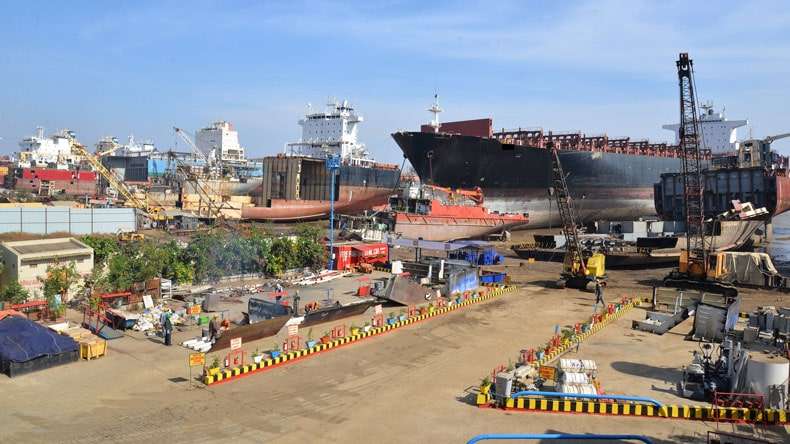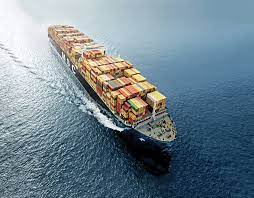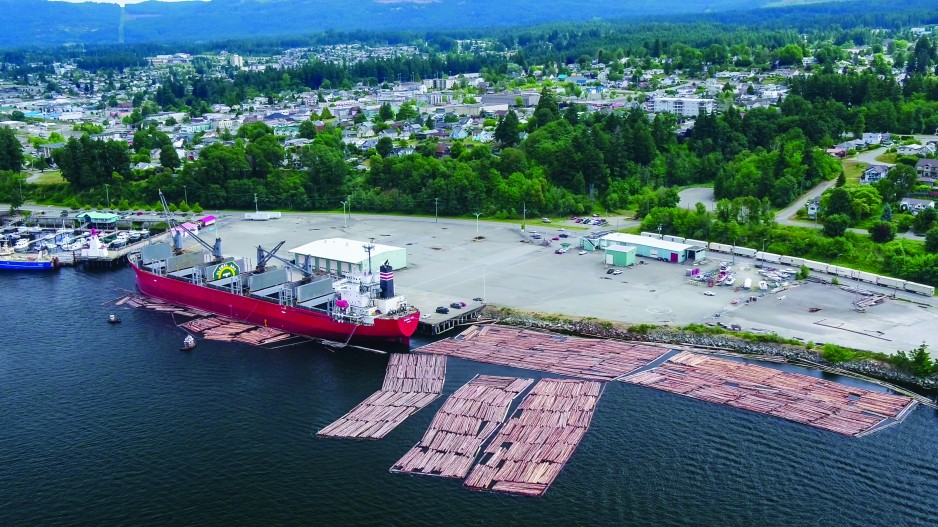Union Minister Sarbananda Sonowal Reveals Government’s Ambitious Plan for Yacht Tourism and Personal Boating Ecosystem
In a major development aimed at boosting India’s tourism potential, Union Minister for Ports, Shipping, and Waterways, Sarbananda Sonowal, announced that the government is formulating an expansive strategy to enhance the ecosystem of yacht tourism and personal boating in the country. The announcement comes as India seeks to tap into its vast 7,500-kilometre coastline, much of which remains underutilized for tourism and luxury maritime activities.
Sonowal’s declaration highlights the government’s forward-looking approach to developing a sector that has long been neglected in India, despite the country’s rich natural resources and strategic location along key international maritime routes. The proposed plan, which is still in its early stages, will focus on building necessary infrastructure, including world-class marinas and docking facilities to accommodate yachts and other luxury boats, a first for India.
A New Chapter in Indian Tourism
India’s coastline stretches from the Arabian Sea in the west to the Bay of Bengal in the east, offering immense potential for maritime tourism. However, for years, the country has lacked the modern infrastructure needed to support a high-end yachting and boating industry, unlike many popular tourist destinations worldwide, such as the Mediterranean, the Caribbean, and parts of Southeast Asia.
“Despite our vast coastline, India doesn’t have a single marina or docking facility that meets international standards,” Sonowal said while addressing stakeholders in a recent forum. “This is about to change with the government’s new initiative, which will not only encourage yacht owners to explore India’s waters but also open new avenues for personal boating tourism across our coastal states.”
The lack of such infrastructure has been a significant barrier for India to attract wealthy tourists who seek luxury travel experiences. Marinas function as docking stations for yachts and sailboats, offering various services, including fuel stations, water, electricity, maintenance, and even restaurants and leisure amenities. In countries with established yacht tourism industries, such facilities are not just docking points but also bustling hubs of economic activity.
The Economic Ripple Effect
Industry experts believe that developing India’s marina infrastructure could have a ripple effect on the economy, creating new business opportunities in tourism, hospitality, and even real estate. According to Sonowal, the government sees immense potential for job creation in regions surrounding these marinas, as well as opportunities for partnerships with global players who have expertise in managing luxury maritime facilities.
“Creating a robust marina network is not just about catering to the rich and their yachts. This will generate employment, improve local economies, and create a service industry for yacht maintenance, repair, and more,” said Sonowal. “We want India to become a prominent destination in the global yacht tourism map.”
Global yacht tourism has been a billion-dollar industry for years, with Europe, the U.S., and the Caribbean dominating the market. Experts believe that India, with its rich cultural heritage, tropical beaches, and untapped waters, could easily become a new hotspot if the necessary infrastructure is put in place.
“The Indian coastline offers incredible biodiversity, and the potential for eco-friendly, sustainable yacht tourism is immense. If developed strategically, this can attract not only foreign tourists but also Indian high-net-worth individuals who often take their yachts to foreign destinations due to the lack of facilities here,” said an industry insider.
Addressing the Challenges
The absence of international-standard marinas in India is not just about neglect; there are significant challenges involved in building and maintaining such facilities. A major hurdle is India’s strict coastal regulation laws, which limit the kind of construction activities that can take place near the shoreline. Environmental concerns also play a role, as marina developments can disrupt delicate coastal ecosystems if not planned carefully.
However, Sonowal assured that these challenges are being considered in the planning process. “Our strategy will be a balanced one. We are committed to adhering to environmental regulations while ensuring that development is sustainable. Our coastal ecosystems are precious, and any infrastructure we build must enhance rather than degrade these natural resources,” he said.
He also emphasized the importance of public-private partnerships in executing these plans. “The government cannot do this alone. We will be seeking partnerships with international marina operators and private investors who can bring their expertise and resources to the table.”
Boosting Domestic Boating Culture
While the focus has largely been on luxury yachts, Sonowal’s vision for personal boating tourism is more inclusive, aiming to develop a culture of boating within India itself. Currently, the Indian market for personal boating is minimal, with only a handful of enthusiasts, largely due to the lack of facilities, awareness, and accessibility.
“Boating isn’t just for the wealthy. It’s a sport, a leisure activity, and an opportunity for families to explore the beauty of our coastal regions. We want to make personal boating more accessible to Indian citizens, not just foreign tourists,” Sonowal said.
Part of the government’s strategy includes developing smaller docking facilities for personal boats and sailboats, along with promoting awareness through campaigns and partnerships with international boating associations.
A Long Road Ahead
While the plan is still in its early stages, the announcement has already garnered attention from both domestic and international investors, many of whom see this as a groundbreaking move for India’s tourism industry. However, the development of such an ecosystem is not without its challenges.
“Building a successful yacht tourism industry will take years, and it will require meticulous planning, investment, and most importantly, collaboration across various sectors,” said a tourism expert. “But if done right, India has the potential to become a leader in this space, much like it has in the tech and service industries.”
The initiative will also have to contend with India’s complex bureaucracy and the multiple layers of governance involved in coastal management. From securing environmental clearances to navigating state-level regulations, the government will need to streamline processes to ensure the timely completion of projects.
A Vision for the Future
Despite these challenges, Sonowal remains optimistic. “This is just the beginning of a new chapter in Indian tourism. The development of a robust yacht tourism and personal boating ecosystem will not only put India on the global map but also create jobs, improve infrastructure, and enhance the quality of life for those living along our coastline.”
As India embarks on this ambitious journey, stakeholders from across the board – from local communities to international investors – will be watching closely. If successful, the country could well be on its way to becoming a sought-after destination for maritime tourism, bringing a fresh wave of growth and prosperity to its coastal regions.
Author: shipping inbox
shipping and maritime related web portal








